North Indian Food Dishes: Basic Overview
Common Ingredients
Common Cooking Methods
Courses
Meals
Key Taste
Eating Etiquette
Meal Presentation
Culinary Festivals
Influence and Fusion
North Indian Food Dishes: Origin and Region
Cuisine
Cuisine’s Geographical Territory
Country’s Region
Popular Types of North Indian Dishes
-
Curries
Curries are a quintessential dish type in North Indian cuisine.
These dishes can include several ingredients, from various meats to vegetables, and be cooked slowly.
Many North Indian curries use dairy products like cream, yogurt, or ghee.
Curries are normally served with rice or bread.
-
Vegetarian Dishes
Vegetarianism is common practice in North India, leading to several selections of vegetarian dishes.
These dishes extensively use legumes, dairy (especially paneer cheese), and many types of vegetables.
-
Bread and Doughs
Their varieties range from soft, fluffy naans to crispy, layered parathas.
Prepared with wheat flour as a common ingredient, these breads can be cooked on a tawa (flat pan), baked in a tandoor (clay oven), or deep-fried.
They serve as accompaniment to curries and dals but also as a base for creating other snacks and meals.
-
Fried Dishes
They are known for their crispiness, flavor, and the perfect balance of spices.
Fried delicacies can be snacks, appetizers, or even desserts.
24 Popular North Indian Dishes with Filters
With 24 dishes here, you’ll have a better opportunity to understand why North Indian delights are amazing. Furthermore, you can also use the filter options to search and check your desired dish.
Here are some key features about them, as well as traditional, street food, and exotic ones.
These delights are characterized by unusual ingredients or cooking techniques less familiar to the international palate.
Murgh Makhani
- Traditional
Murgh makhani (commonly known as butter chicken) is a classic North Indian dish loved for its creamy, flavorful sauce and tender chicken pieces.
The chicken is first marinated in yogurt and spices, then grilled or roasted. Next, it’s simmered in a creamy tomato-based sauce made with butter and cream and seasoned with various Indian spices.
That’s why murgh makhani is less spicy and contains a less robust aroma than many curries in the country. This dish is often served with rice or naan bread, making it a comforting and satisfying meal.
Regarding its origin, the dish was first created in the 1950s by the founders of Moti Mahal restaurant in Delhi. They mixed leftover tandoori chicken with a creamy gravy. It wasn’t called murgh makhani until 1974, a name now synonymous with tandoori chicken in butter and tomato sauce.
Dal Makhani
- Traditional
Dal makhani is more “vegetarian” than the first dish. Originating in the Punjab area in North India, the father of this dish was also the one who created the famous murgh makhani.
An essential part of a portion of dal makhani is urad ki dals/maa ki dals (also known as black lentils). The cooks need to pre-soak the legumes overnight or at least a few hours before slow-cooking them for a long time. Crave it with naan, and you won’t regret it!
Thanks to the black lentils, this treat is full of healthy vegan protein with various vitamins that can benefit human muscle and bone health.
Rogan Josh
- Traditional
Rogan josh is a popular dish in the Kashmiri cuisine of North India, known for its deep red color and aromatic flavor.
The name of this food is the combination of “clarified butter/oil” with “stew/braise.” It’s made with tender pieces of lamb or goat that are slow-cooked in a rich sauce.
The sauce gets its flavor from a blend of spices, including Kashmiri red chili, which provides its vibrant color without intense heat, and a mix of ginger, garlic, and yogurt, which adds a slight tanginess.
Just enjoy your curry with mild starch-based food (like rice or naan bread).
Chole Bhature
- Street Food
- Traditional
Chole bhature is a popular North Indian dish that originated in Punjab. It is a combination of two elements – chole, which is a spicy chickpea curry, and bhature, which is a deep-fried leavened bread.
Overall, this curry comprises chickpeas, onions, tomatoes, spices (cumin, coriander, garam masala), and flour. Grab a bite, then you can feel its rich, spicy, and tangy flavor. Chole bhature is typically served hot with a side of pickles and chilled yogurt.
Naan
- Traditional
Naan is a soft and fluffy flatbread, a staple in North Indian cuisine. It’s made from white flour and traditionally baked in a tandoor (a clay oven), resulting in a smoky taste.
Naan is often brushed with butter or ghee for extra flavor. They pair well with many dishes, including curries and grilled meats. Its chewy texture makes it perfect for scooping up sauces and dips.
Paratha
- Street Food
- Traditional
In North India, paratha is also a beloved flatbread, but it’s richer and flakier than naan. It’s made with whole wheat flour and then pan-fried with ghee or oil.
Paratha has crispy edges and a soft, layered interior. North Indian parathas are known for their variety, including plain and stuffed versions. Common fillings are spiced potatoes (aloo paratha), paneer (cheese), cauliflower (gobi paratha), and radish (mooli paratha).
Palak Paneer
- Traditional
Palak paneer is a smooth and creamy spinach curry, which is popularly eaten in North India.
Two main components in this curry are spinach and soft, fresh paneer cubes (Indian cottage cheese).
The spinach is pureed and seasoned with garlic, ginger, and spices, offering a nutritious and flavorful base for the paneer.
This dish is a delightful blend of greens and protein, loved for its comforting taste. It’s often served with flatbreads or rice.
Malai Paneer
- Traditional
Malai paneer is a luxurious dish in North India featuring soft paneer cubes in a thick, creamy sauce. In fact, malai refers to the cream used to create the gravy, which is subtly spiced and sweetened with hints of cardamom.
This dish is smooth and mild. It’s a favorite among those who prefer less spicy flavors. To savor it like locals, you can enjoy malai paneer with naan or paratha.
Tandoori Chicken
- Traditional
Tandoori chicken is an ideal example of North Indians’ love for clay oven cooking, particularly in Punjab. To make it, people bake the spiced yogurt-marinated chicken in a special clay oven called tandoor.
Besides yogurt, the hot spices used for this recipe are pretty spicy and fragrant. Cayenne pepper or Kashmiri red chili powder and turmeric are crucial. This succulent meat is good with fresh Indian salad delights or naan on the side.
Harappan civilization, which lived in Punjabi, was believed to be the first to come up with this delight in 3000 BC. However, it was not until the 1940s that people popularized the dish in New Delhi and other parts of the country.
Aloo Gobi
- Traditional
The term “aloo” means “potatoes,” and “gobi” means “cauliflower” in the Indian language. That name also states what this dish is all about. In North India, locals love this vegetarian-friendly dish thanks to its colorful appearance and flavorful taste.
Typically, aloo gobi is a dry curry with a little sauce made from red chili powder/garam masala and a yellow hue of turmeric.
Based on that, potatoes and cauliflower are excellent taste balancers since their soft veggies’ taste neutralizes all the spices.
Dum Aloo
- Traditional
Dum aloo is a popular vegetarian dish in North India, especially in Kashmir cuisine. The recipe features baby potatoes as the main component.
The idea of creating dum aloo is pretty simple. These potatoes are first deep fried or sautéed, then slowly cooked (dum cooked) in a spicy and aromatic gravy made from tomatoes, onions, ginger, garlic, and traditional Indian spices like garam masala, turmeric, and Kashmiri red chili.
The “dum” cooking method involves sealing the pot with dough and allowing the ingredients to simmer in their juices over low heat, which intensifies the flavors.
When you have this treat with a piece of naan or rice, you’ll experience a creamy, slightly tangy, and rich meal.
Rajma Masala
- Traditional
Rajma masala, rooted in the Indian subcontinent, particularly Punjab, has long been a staple in North Indian diets. It is a popular delight made from red kidney beans.
The beans are soaked overnight to soften, then cooked to perfection in a thick, spicy tomato-based sauce seasoned with garlic, ginger, onions, and a blend of spices.
This dish is rich in protein, making it a great choice for vegetarians and vegans looking for fulfilling meals.
Rajma masala is traditionally served with steamed rice.
Baingan Bharta
- Traditional
Baingan bharta is a smoky, flavorful North Indian dish made from roasted eggplants.
The eggplants are first grilled over an open flame until the skin is charred and the inside is soft. After peeling, the soft flesh is mashed and cooked with onions, tomatoes, garlic, and aromatic spices like cumin and garam masala.
This dish is garnished with chopped fresh herbs (like cilantro) and drizzled with mustard oil for the toppings.
Pairing this savory dish with raita, an Indian yogurt condiment, rice, or flatbreads for a fulfilling meal. In Uttar Pradesh, another state in North India, it’s commonly enjoyed with baati, hard wheat rolls.
Biryani
- Exotic
- Traditional
Biryani is a popular North Indian dish rooted in Persian cuisine. This dish’s name stems from the Persian word meaning “fried before cooking”.
Biryani is a flavorful combination of long-grain basmati rice, aromatic spices, and meat (such as lamb, chicken, or beef). Some varieties of biryani also include saffron, nuts, and dried fruits.
Several varieties are popular in North India, including Lucknowi biryani, Hyderabadi biryani, and Kolkata biryani.
The flavor of Biryani is complex and layered, with each ingredient contributing to its different taste. The rice is cooked with spices and meat, allowing the flavors to mingle.
It often appears on special occasions, like weddings and festivals. It is also a favorite street food and can be found at roadside eateries and restaurants throughout the region.
Samosa
- Street Food
- Traditional
Samosas are a beloved snack in North Indian cuisine. They’re typically made with maida (all-purpose flour) and filled with various ingredients, from spiced mashed potatoes and green peas to lentils.
There are meaty versions, but the vegetarian ones remain particularly popular. Fried in vegetable oil or ghee (clarified butter) until golden brown, samosas are served with tangy tamarind paste, refreshing green chutney, or fresh herbs like coriander.
Traced back to the ancient versions called “Samsa,” samosas were introduced to India by traders in the 13th or 14th century, and their presence was solidified with the Mughal’s reference to a similar food, “sanbusah,” in the 16th century.
Malai Kofta
- Traditional
Malai kofta is a luxurious dish from North Indian cuisine, particularly from Mughlai culinary culture or the present-day region of Punjab. It consists of soft, melt-in-your-mouth balls (koftas) made from mashed potatoes and paneer.
These koftas are deep-fried to golden perfection and then immersed in a creamy gravy that’s mildly spiced with cardamom and other traditional spices. The gravy is made from tomatoes, onions, and cream, often including cashews or almonds.
You can enjoy it with naan and jeera rice (cumin rice). Plus, malai kofta is a favorite at festive occasions and gourmet Indian restaurants.
Bhindi Masala
- Traditional
Bhindi masala is a flavorful dish from Northern India that features okras (also known as lady’s finger or bhindi) cooked with a blend of Masala spices, tomatoes, and onion gravy.
Originating as an ancient crop in India, okras bring a unique texture to the dish, which some may find initially off-putting due to the sticky juice released during cooking. However, the delicious combination of spices and vegetables will likely win you over from the first bite.
This dish offers a tasty diet and packs a nutritious meal with vitamins. When it comes to serving bhindi masala, pairing it with naan or hot rice is a common option.
Sarson Ka Saag
- Traditional
Native to Punjabi, sarson ka saag is a wintertime specialty made primarily from mustard greens (sarson) and often includes spinach among other greens, seasoned with garam masala and ginger-garlic paste.
While the spinach offers a lovely greenish and thick consistency, the mustard greens offer the horseradish wasabi-reminiscent taste. The spicy note from these particular greens can quickly warm you up from the inside out.
The makki di roti, or unleavened cornbread, is a recommended companion besides a portion of sarson ka saag.
Kachori
- Street Food
- Traditional
Originating from the bustling streets of North Indian cities, kachori (or katchuri) is a snack known for its crispy outer layer and rich, spicy filling. These snacks consist of a deep-fried pastry filled with a flavorful mixture of spiced lentils, potatoes, or onions.
Rajasthan kachori or kota kachori is the most prevalent variety of these crispy-fried flattened balls. The standard version of this treat includes crushed and washed besan (gram flour)/urad dals (horse beans), or yellow moong dals (yellow lentils).
Some other variants of kachori go along with additional chana/chole (chickpeas), spices, and potatoes, which are a bit different from the Rajasthan ones.
Regardless of their varieties, kachori is typically enjoyed as a breakfast or tea-time snack.
Kadhi Pakoras
- Traditional
Kadhi pakoras is a beloved North Indian dish that beautifully combines crispy pakoras made from vegetables, fish, or mango, with a creamy, lightly orange-colored gravy enriched with yogurt (or Dahi).
This dish finds its variations across various Indian regions, including Uttar Pradesh. Still, the Rajasthani kadhi stands out for its distinctive sweet flavor, attributed to the use of jaggery.
When pakoras are dunked into the kadhi, their initially crisp exterior softens, absorbing the gravy flavors.
Typically served with roti, paratha, or a bowl of hot rice, kadhi pakoras provide sweetness, sourness, and creamy texture, making it a favorite among those who appreciate the complexity of Indian cuisine.
Matar Paneer
- Traditional
Matar paneer is a popular North Indian dish that combines soft cubes of paneer (Indian cottage cheese) with green peas (matar) in a tomato-based sauce.
This comforting curry is seasoned with aromatic spices like garam masala, turmeric, and cumin, which lend a warm, inviting flavor.
The rich gravy is slightly creamy, thanks to the addition of cream or yogurt, balancing the peas’ sweetness with the tomatoes’ tanginess.
Rice or various types of Indian bread, such as naan, is a perfect accompaniment to matar paneer. Plus, its simplicity has made it a common choice among vegetarians.
Andey Ki Curry
- Traditional
Andey ki curry, or egg curry, is a hearty dish from North India, including hard-boiled eggs in a spicy tomato-based gravy.
The eggs are often slightly fried before being added to the curry. For the gravy, it’s made with a combination of turmeric, garam masala, and coriander. In some variations, you can also see potatoes served with this delicacy. It harmonizes the overall taste.
Similarly, rice or naan is a great food to enjoy with andey ki curry.
Jalebi
- Street Food
- Traditional
Though jalebi’s true roots are still unclear, this sweet treat is extremely popular in North India. In general, jalebi is made from fermented batter, deep-fried, and then soaked in sugar syrup. They are a staple at celebrations, and festivals, and as a street food delight.
South Indian cuisine also has a variety of Jalebi, called Jilebi; yet, the Northern ones include several distinctions. Still made of deep-fried maida (all-purpose/plain) flour with typical circular or pretzel-like/swirl shapes, the North Indians serve the food with different sides.
Instead of rose-flavored syrup, North Indian jalebi goes with kewra/kewda (pandanus flowers’ essence) syrup, curd, or rabri/rabdi (Indian sweet thickened milk). Some vendors might serve this treat with other foods like veggie curries or kachori.
Rabri
- Traditional
Rabri is a well-liked dessert in North Indian cuisine thanks to its rich, creamy texture and indulgent sweetness. It’s often served alongside jalebi, but rabri still stands out as a luxurious, pudding-like treat.
Made by gently reducing milk and sugar in a thick pan, it slowly transforms into a thick delicacy with creamy layers. Also, rabri’s flavor comes from saffron and cardamom.
Despite its rich milk and sugar base, it’s not greasy but perfectly balanced, especially with a sprinkle of crunchy nuts on top.
What Are Common Dish Types In North India Based on Meal Structures?
After knowing these specialties, below are some key points about North Indian breakfast, lunch, and dinner dishes so you can comprehensively view them.
Dishes based on meals are also distinctive in different regional parts of North India. So what are they?
What Are Regional Cuisines In North India?
There are nine regional cuisines in North India. They include:
Thanks to its rich agricultural and dairy farming, dairy products are heavily used in cooking. Haryana’s food shares similarities with neighboring foods like Punjab and Rajasthan.
With the vast regional gastronomies creating the North Indian cuisine, they must be different from the South Indian foods. Keep scrolling down to find out!
What Are The Dissimilarities Between Northern and Southern Indian Dishes?
Check the table below for a brief comparison between North and South India’s dishes.
North Indian Dishes
South Indian Dishes
In short, the differences between Northern and Southern Indian dishes stem from the geography and climate of the regions, as well as their historical and cultural influences.
Are you having a good time exploring North Indian delights? I promise these popular dishes are a great start, especially for beginners in this flavorful culinary world. If you like it, please click like or share it with your friends and family. Don’t hesitate to drop your comment below. Thank you!


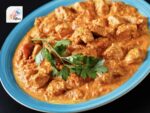
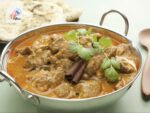
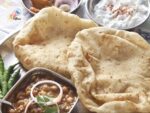
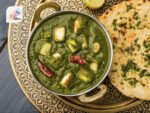
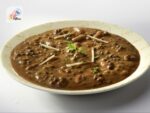
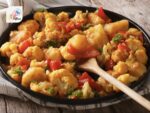
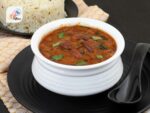
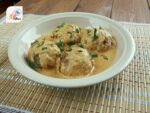

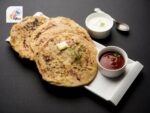
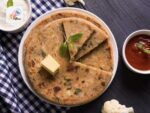
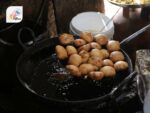
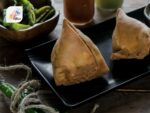
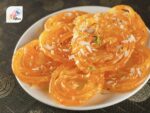
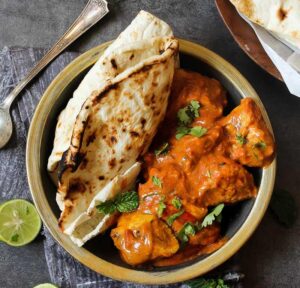
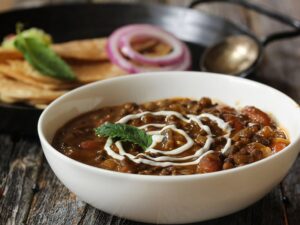
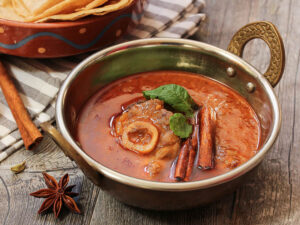
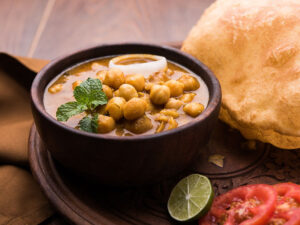
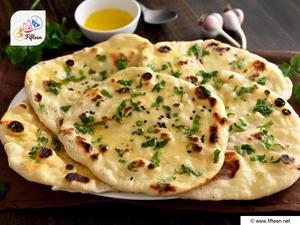
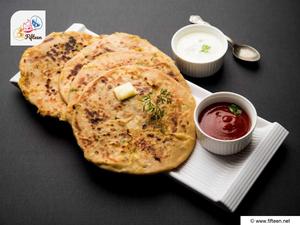
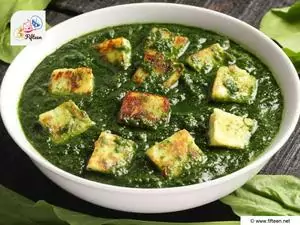
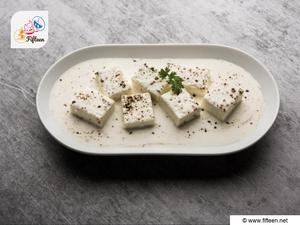
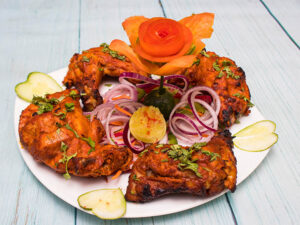
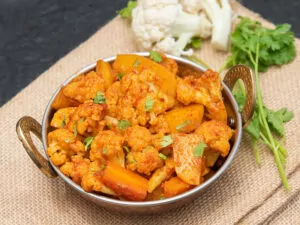
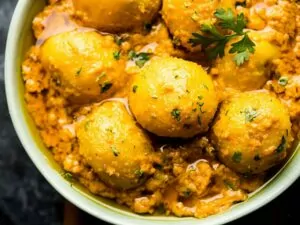
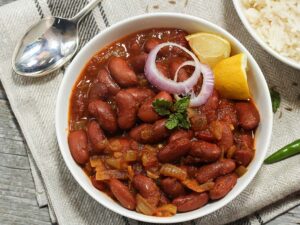
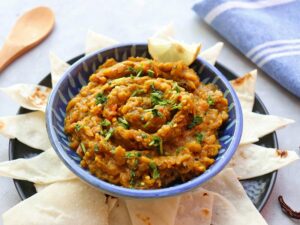
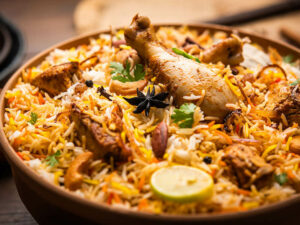
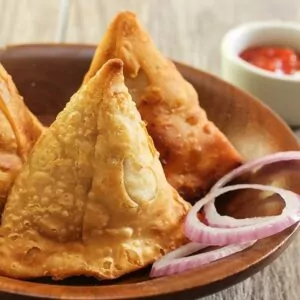
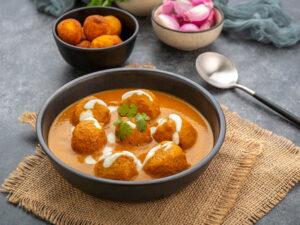
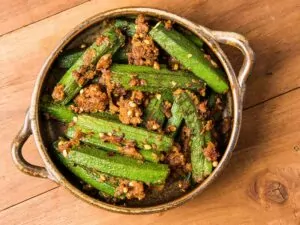
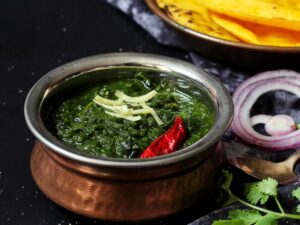
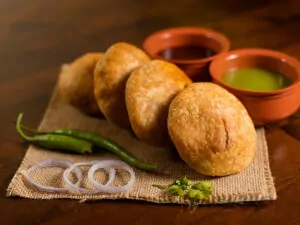
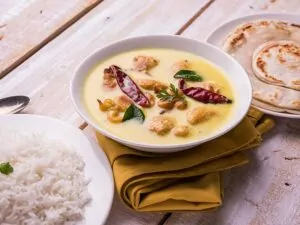
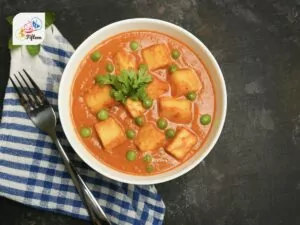
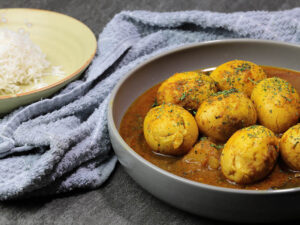
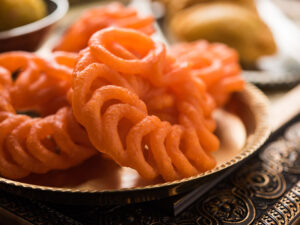
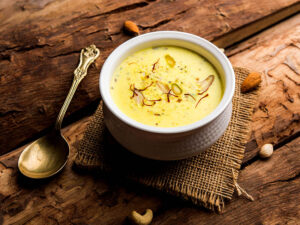
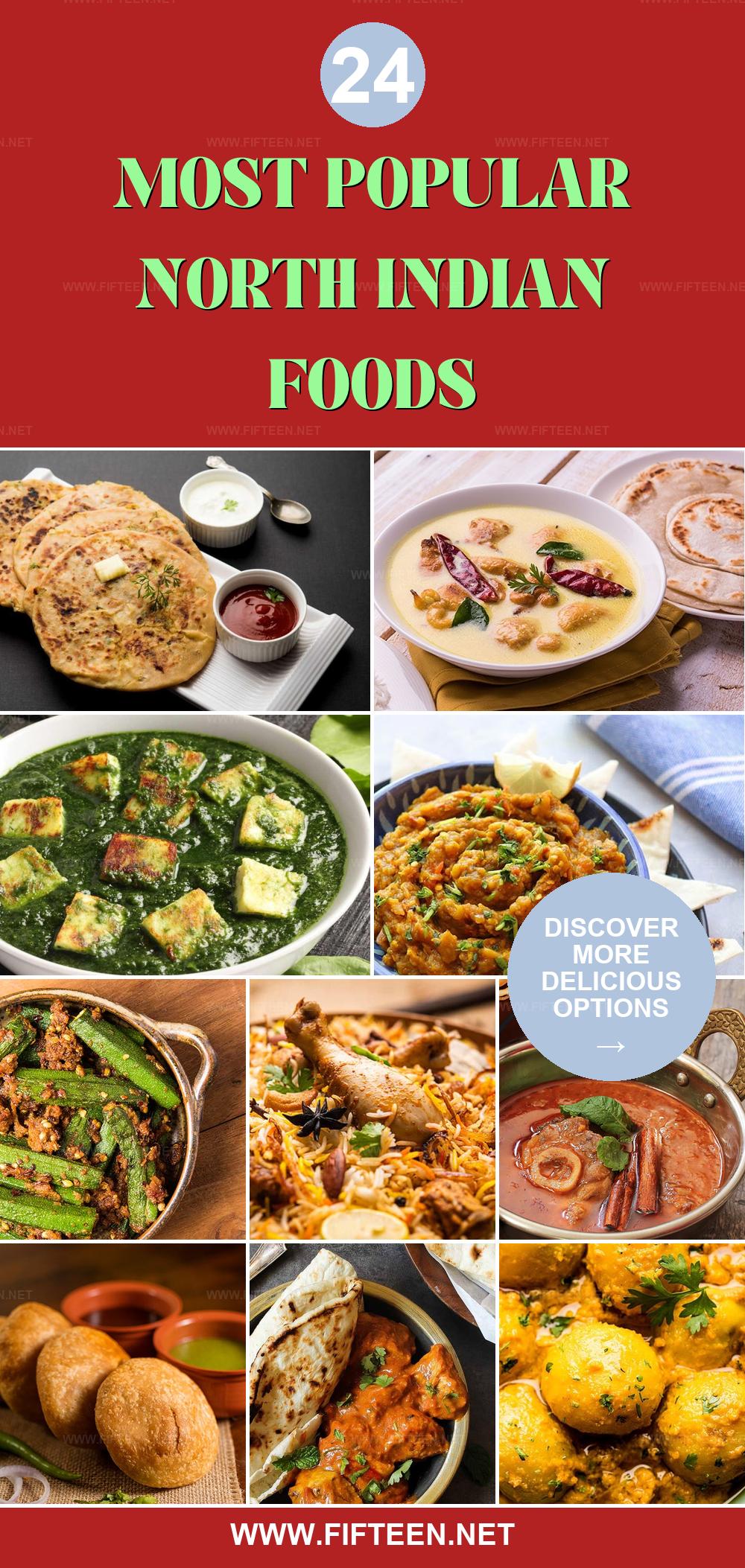
Jamie Scott
Editor in Chief, Senior Content Writer
Expertise
Home Cooking, Meal Planning, Recipe Development, Baking and Pastry, Food Editor, Cooking-video Maker, Western Food Evaluation Expert
Education
Le Cordon Bleu College of Culinary Arts
Local Community College, New York, NY
Jamie Scott is a skilled culinary expert and content creator specializing in Western cuisine. With over 15 years in the culinary field and formal training from Le Cordon Bleu, Paris, Jamie deeply understands how to blend nutrition with delicious flavors. His passion for cooking matches his commitment to making healthy eating accessible and enjoyable.
On Fifteen.net, Jamie brings a fresh perspective to classic dishes and beverages, offering readers insightful recipes, cooking tips, and a fresh view on meal planning that emphasizes taste, health, and simplicity.